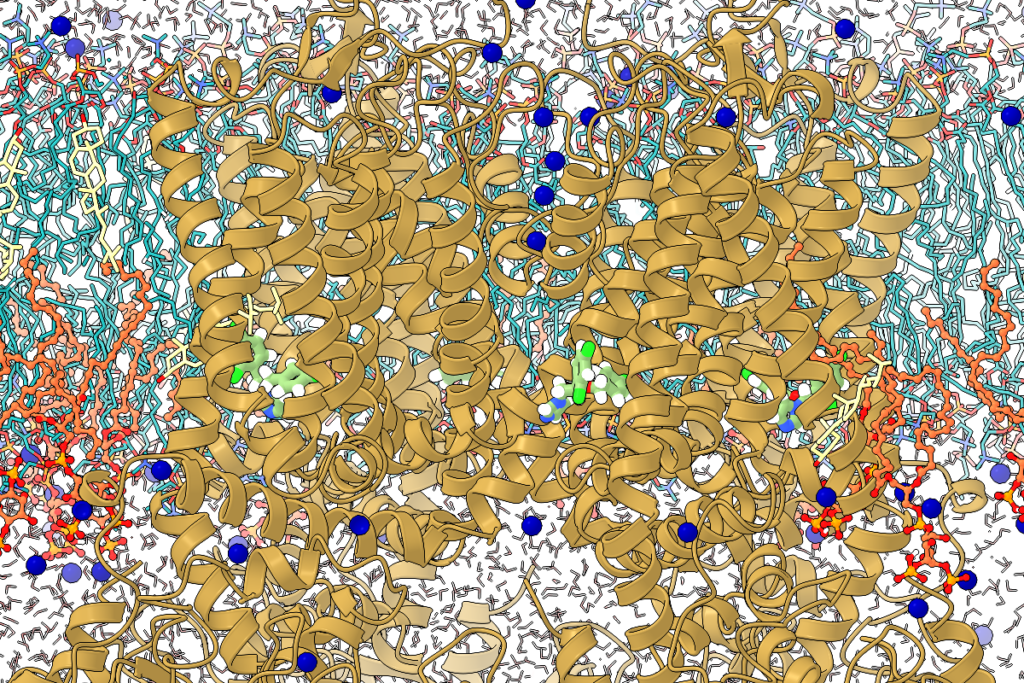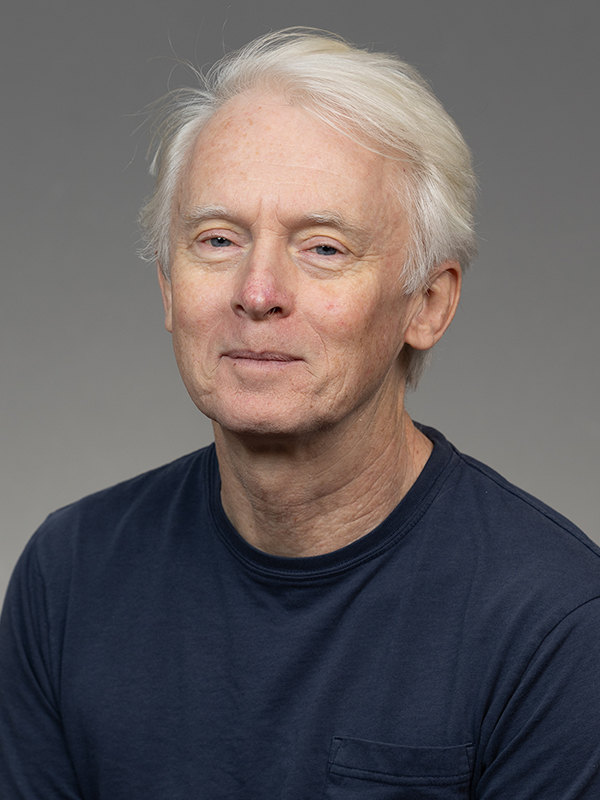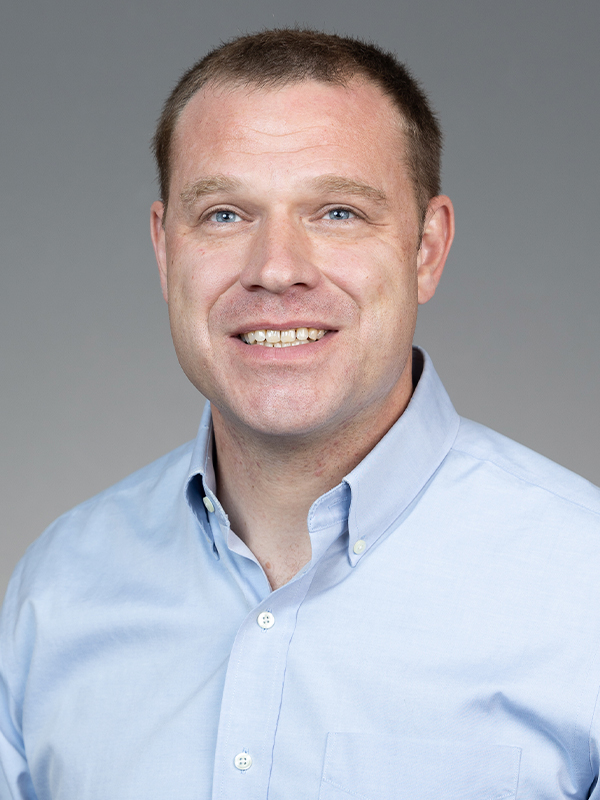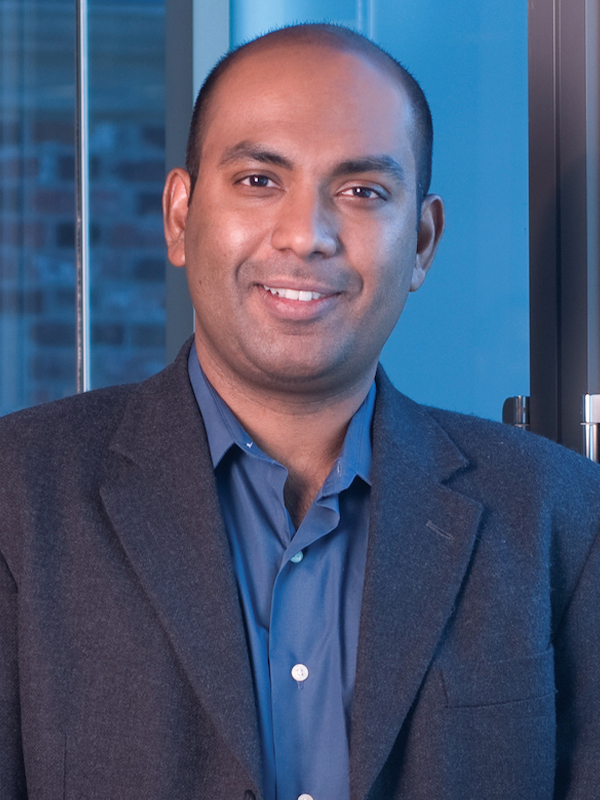
We seek to understand complex biological processes and inform the development of new drugs and proteins based on computer models of biomolecules’ structure and dynamics. Major foci include using simulations to understand proteins’ moving parts and using deep learning to design new proteins and drugs.
Researchers
How are biological structures formed and maintained? How do they manifest biological function? These are central questions in biology that date back thousands of years, to the time of Aristotle. We address the same fundamental questions at a molecular level: how is the diverse and beautiful array of protein and nucleic acid structures formed, and how do they carry out their biological function? Our research addresses these questions using the tools and principles of biophysics, including thermodynamics, statistical mechanics, simulations, and computational geometry.
Computational Biology Computational Biology
The Bowman lab takes a physics-based approach to precision medicine, devising new ways to develop therapeutics and interpret genetic variation by understanding/exploiting protein dynamics. They achieve this using a combination of biophysical experiments, machine learning, physics-based simulations, and the world’s largest distributed computer.
Computational Biology Computational Biology
The Kulp Laboratory seeks to inspire innovative solutions to long standing problems in the development of efficacious vaccines through the fusion of artificial intelligence and protein structure engineering. New cutting-edge protein design and structure determination methods allow for exciting, rapid and iterative vaccine science. The lab focuses on creating immunogens for diseases that impose a significant health impact and without broadly effective vaccines, such as HIV, SARS-CoV-2, Influenza and Lassa, among others. Biophysical techniques, novel transgenic animal models, and advanced structural assessments are employed to study immune responses of next-generation vaccines. The lab posits that computational approaches can now be used to tackle previously insurmountable challenges ushering in a new era of precision structural vaccinology.
Computational Biology Computational Biology cryoEM
Our research interests lie at the interface of chemical physics and molecular biology. Our goal is to provide molecular level characterization of complex biomolecular systems and formulate quantitatively accurate microscopic models for predicting the interactions of various therapeutic agents with innate biochemical signaling mechanisms. We employ several computational algorithms ranging from techniques to treat electronic structure, molecular dynamics, Monte Carlo simulations, stochastic kinetic equations, and complex systems analyses in conjunction with the theoretical formalisms of statistical and quantum mechanics, and high performance computing in massively parallel architectures.
Computational Biology Computational Biology
Publications
- Deep learning the structural determinants of protein biochemical properties by comparing structural ensembles with DiffNets
- Conformational plasticity of RAS Q61 family of neoepitopes results in distinct features for targeted recognition
- Structural principles of peptide-centric chimeric antigen receptor recognition guide therapeutic expansion
- Open science discovery of potent noncovalent SARS-CoV-2 main protease inhibitors
- Targeting of intracellular oncoproteins with peptide-centric CARs
- HLA3DB: comprehensive annotation of peptide/HLA complexes enables blind structure prediction of T cell epitopes
- Phospho-signaling couples polar asymmetry and proteolysis within a membraneless microdomain in C. crescentus
- Folding@home: Achievements from over 20 years of citizen science herald the exascale era
- Divergent Molecular Phenotypes in Point Mutations at the Same Residue in Beta-Myosin Heavy Chain Lead to Distinct Cardiomyopathies
- Universal open MHC-I molecules for rapid peptide loading and enhanced complex stability across HLA allotypes
- Remembering the Work of Phillip L. Geissler: A Coda to His Scientific Trajectory
- Discovery of a cryptic pocket in the AI-predicted structure of PPM1D phosphatase explains the binding site and potency of its allosteric inhibitors
- Discovery of a cryptic pocket in the AI-predicted structure of PPM1D phosphatase explains the binding site and potency of its allosteric inhibitors
- Accelerating Cryptic Pocket Discovery Using AlphaFold
- Folding@home: achievements from over twenty years of citizen science herald the exascale era
- Predicting locations of cryptic pockets from single protein structures using the PocketMiner graph neural network
- Decoupling peptide binding from T cell receptor recognition with engineered chimeric MHC-I molecules
- Xeno interactions between MHC-I proteins and molecular chaperones enable ligand exchange on a broad repertoire of HLA allotypes
- Apolipoprotein E4 has extensive conformational heterogeneity in lipid-free and lipid-bound forms
- Drug specificity and affinity are encoded in the probability of cryptic pocket opening in myosin motor domains
- Structure-function correlates of fibrinogen binding by Acinetobacter adhesins critical in catheter-associated urinary tract infections
- Solution of the protein structure prediction problem at last: crucial innovations and next frontiers
- Multiple conserved states characterize the twist landscape of the bacterial actin homolog MreB
- The nepenthesin insert in the Plasmodium falciparum aspartic protease plasmepsin V is necessary for enzyme function
- The intrinsically disordered protein TgIST from Toxoplasma gondii inhibits STAT1 signaling by blocking cofactor recruitment
- Homologous mutations in β , embryonic, and perinatal muscle myosins have divergent effects on molecular power generation
- A cryptic pocket in Ebola VP35 allosterically controls RNA binding
- SARS-CoV-2 infects the human kidney and drives fibrosis in kidney organoids
- Editorial: Experiments and Simulations: A Pas de Deux to Unravel Biological Function
- Opening of a cryptic pocket in β-lactamase increases penicillinase activity
- Naturally Occurring Genetic Variants in the Oxytocin Receptor Alter Receptor Signaling Profiles
- SARS-CoV-2 Nsp16 activation mechanism and a cryptic pocket with pan-coronavirus antiviral potential
- Two New Alternatives to the Conventional Arm-in-Cage Test for Assessing Topical Repellents
- SARS-CoV-2 simulations go exascale to predict dramatic spike opening and cryptic pockets across the proteome
- The SARS-CoV-2 nucleocapsid protein is dynamic, disordered, and phase separates with RNA





